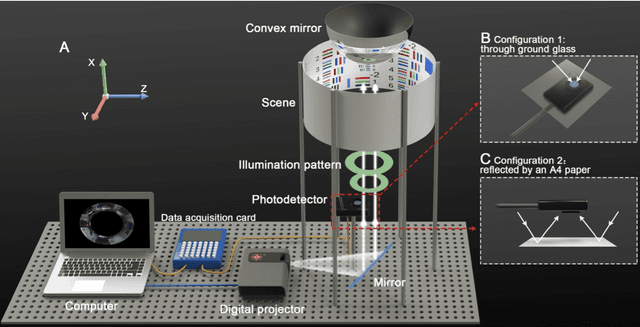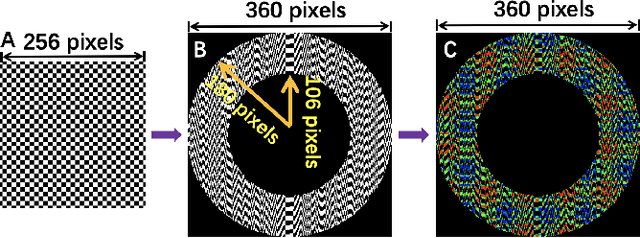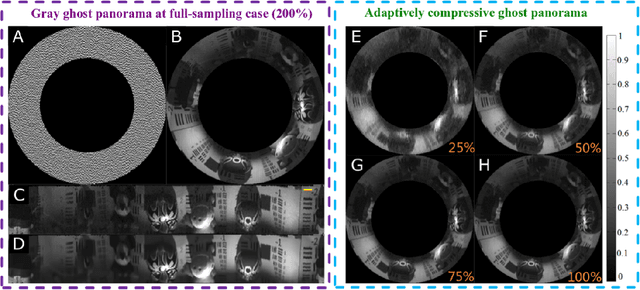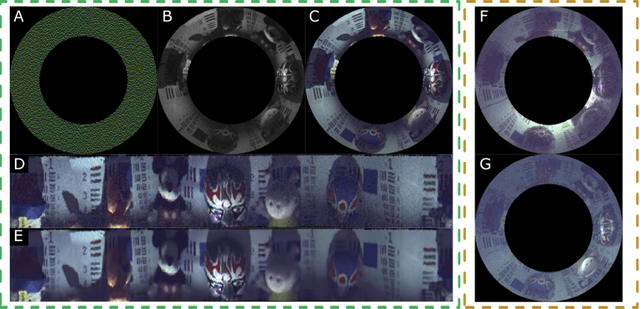Zhiyuan Ye
Polarized deep diffractive neural network for classification, generation, multiplexing and de-multiplexing of orbital angular momentum modes
Mar 30, 2022



Abstract:The multiplexing and de-multiplexing of orbital angular momentum (OAM) beams are critical issues in optical communication. Optical diffractive neural networks have been introduced to perform classification, generation, multiplexing and de-multiplexing of OAM beams. However, conventional diffractive neural networks cannot handle OAM modes with a varying spatial distribution of polarization directions. Herein, we propose a polarized optical deep diffractive neural network that is designed based on the concept of rectangular micro-structure meta-material. Our proposed polarized optical diffractive neural network is trained to classify, generate, multiplex and de-multiplex polarized OAM beams.The simulation results show that our network framework can successfully classify 14 kinds of orthogonally polarized vortex beams and de-multiplex the hybrid OAM beams into Gauss beams at two, three and four spatial positions respectively. 6 polarized OAM beams with identical total intensity and 8 cylinder vector beams with different topology charges also have been classified effectively. Additionally, results reveal that the network can generate hybrid OAM beams with high quality and multiplex two polarized linear beams into 8 kinds of cylinder vector beams.
Ghost Panorama
Aug 13, 2021



Abstract:Computational ghost imaging or single-pixel imaging enables the image formation of an unknown scene using a lens-free photodetector. In this Letter, we present a computational panoramic ghost imaging system that can achieve the full-color panorama using a single-pixel photodetector, where a convex mirror performs the optical transformation of the engineered Hadamard-based circular illumination pattern from unidirectionally to omnidirectionally. To our best knowledge, it is the first time to propose the concept of ghost panorama and realize preliminary experimentations. It is foreseeable that ghost panorama will have more advantages in imaging and detection in many extreme conditions (e.g., scattering/turbulence, cryogenic temperatures, and unconventional spectra), as well as broad application prospects in the positioning of fast-moving targets and situation awareness for autonomous vehicles.
 Add to Chrome
Add to Chrome Add to Firefox
Add to Firefox Add to Edge
Add to Edge